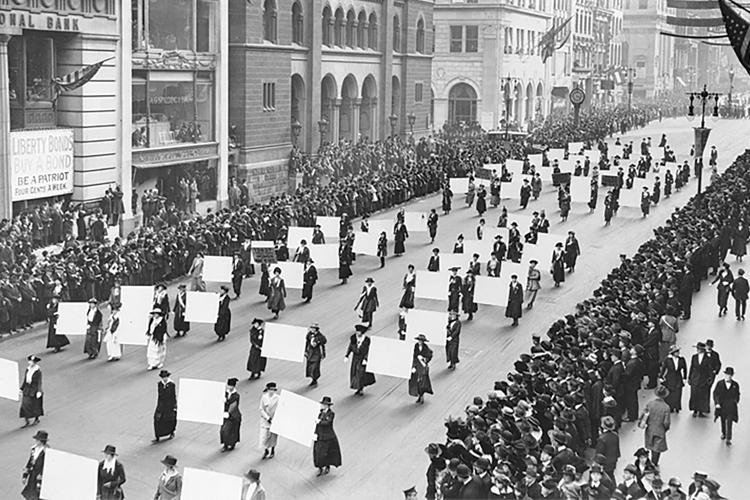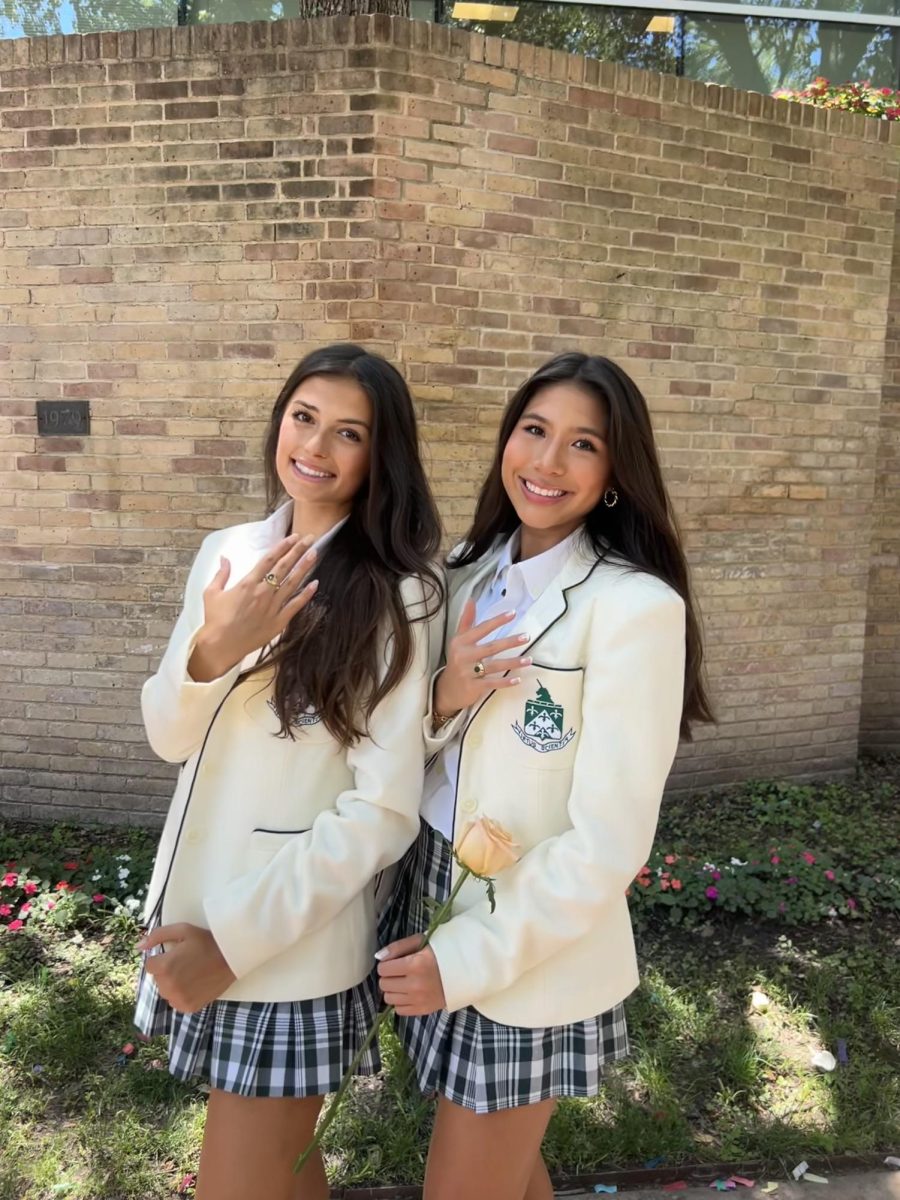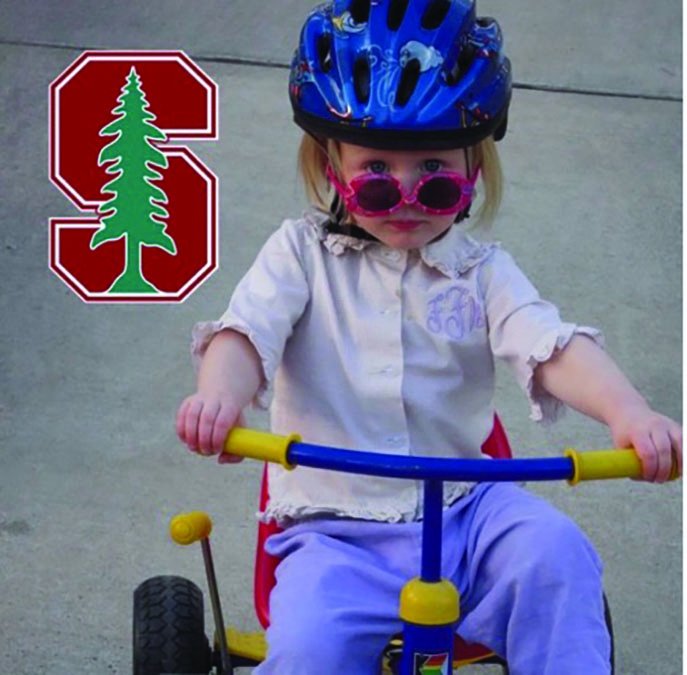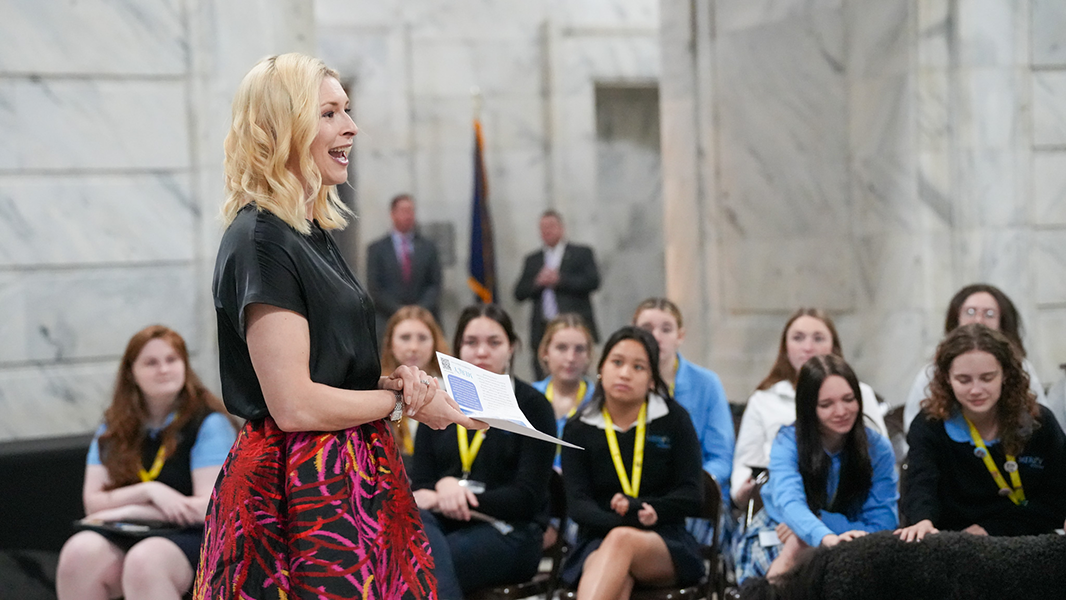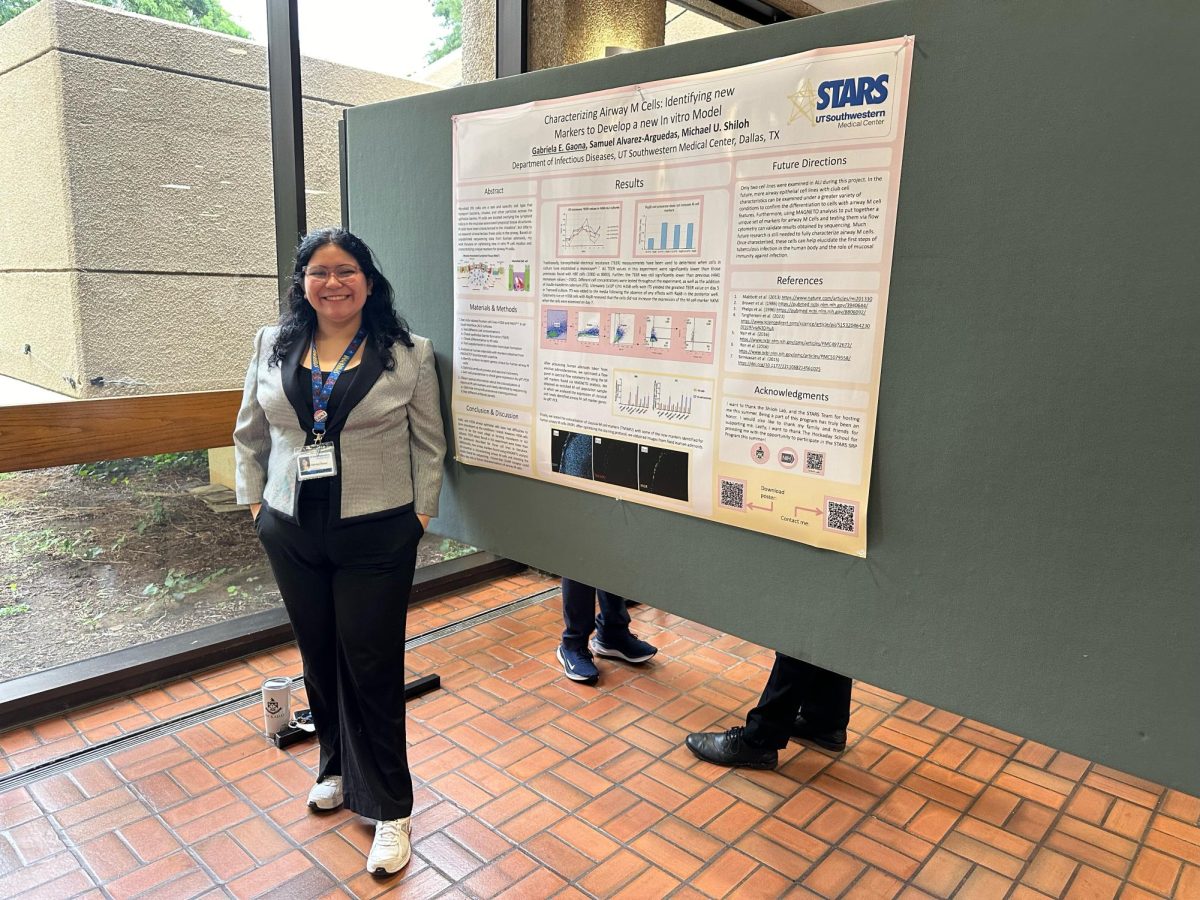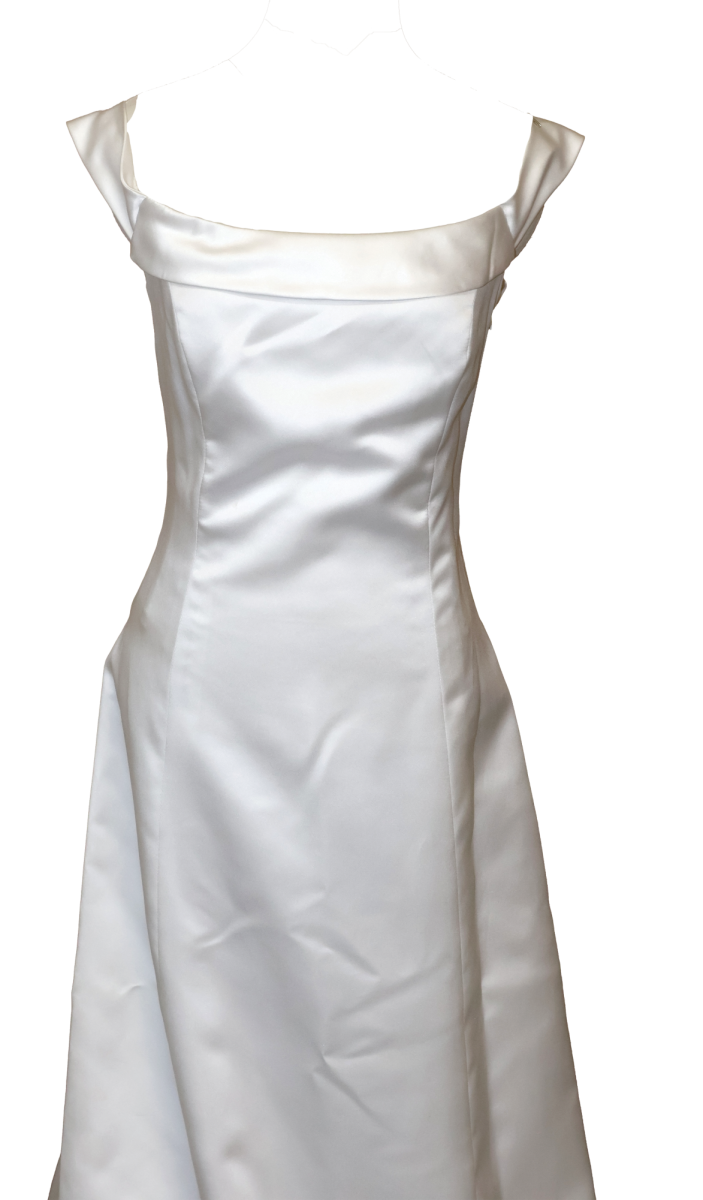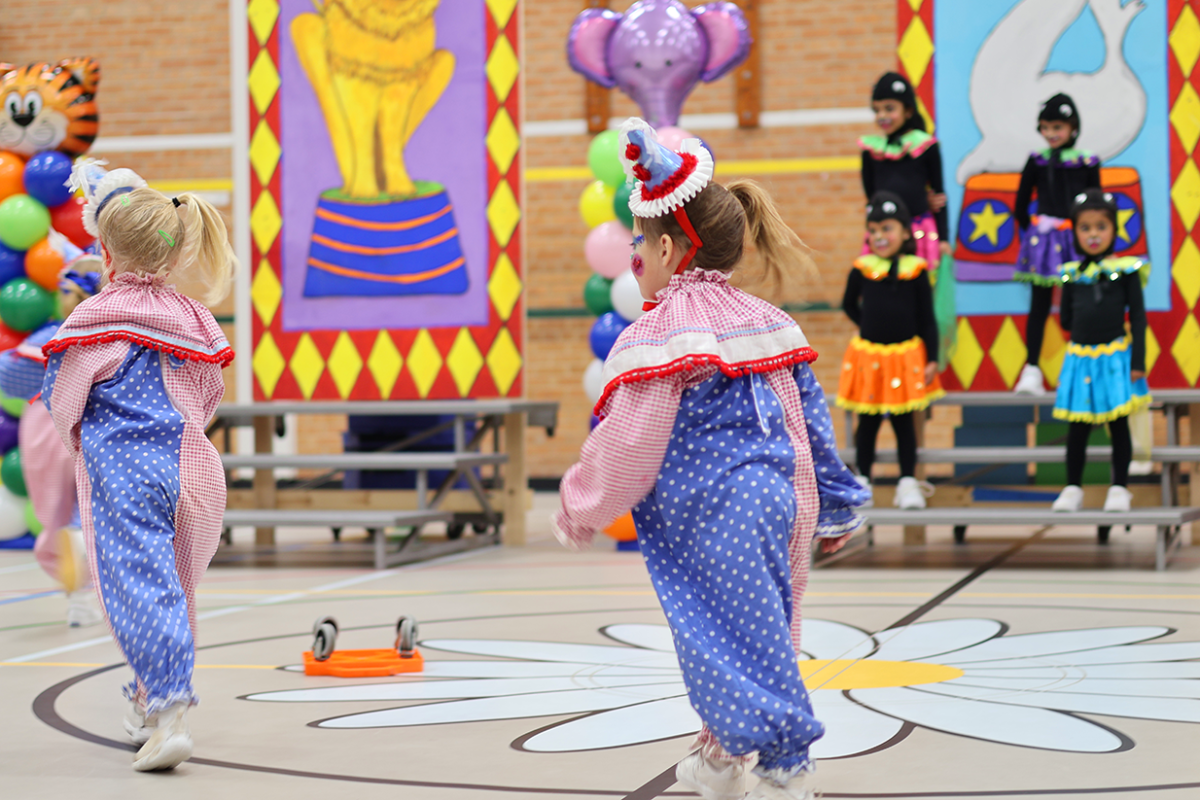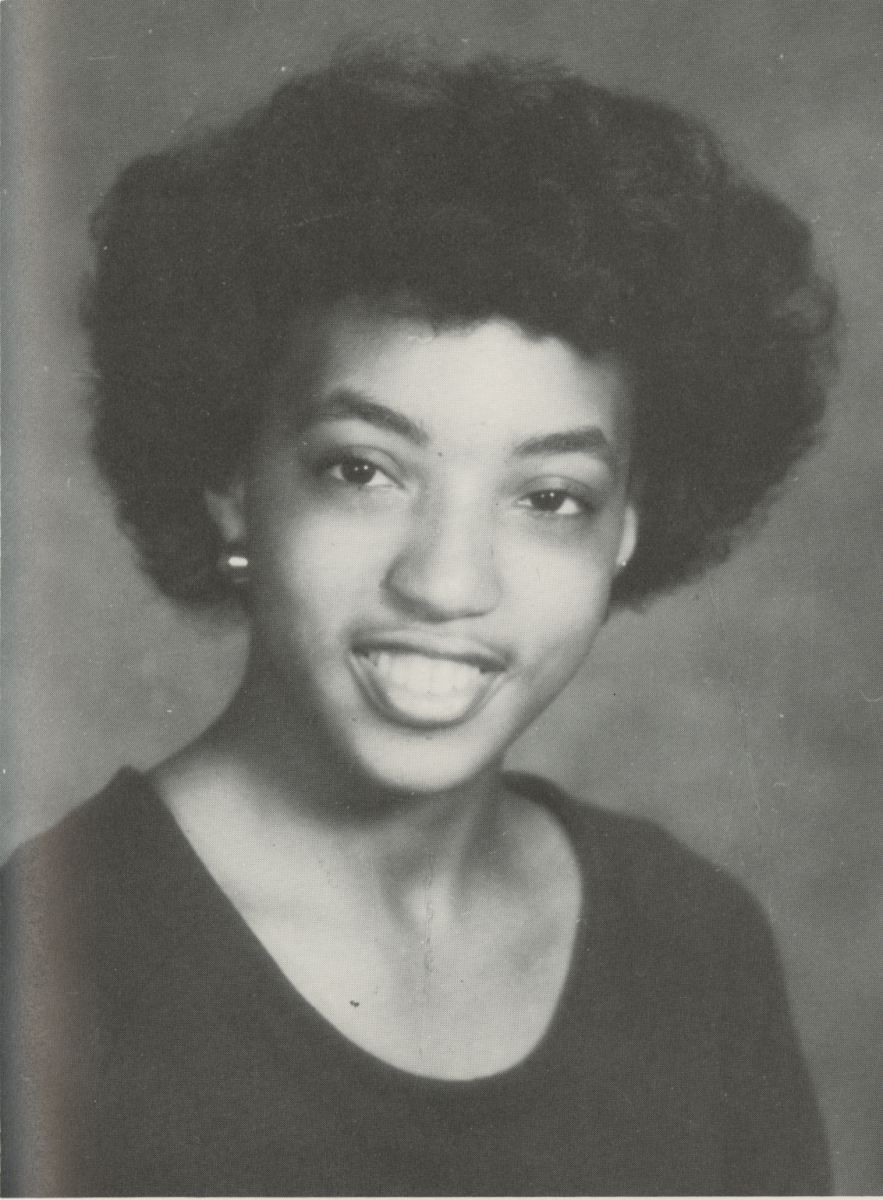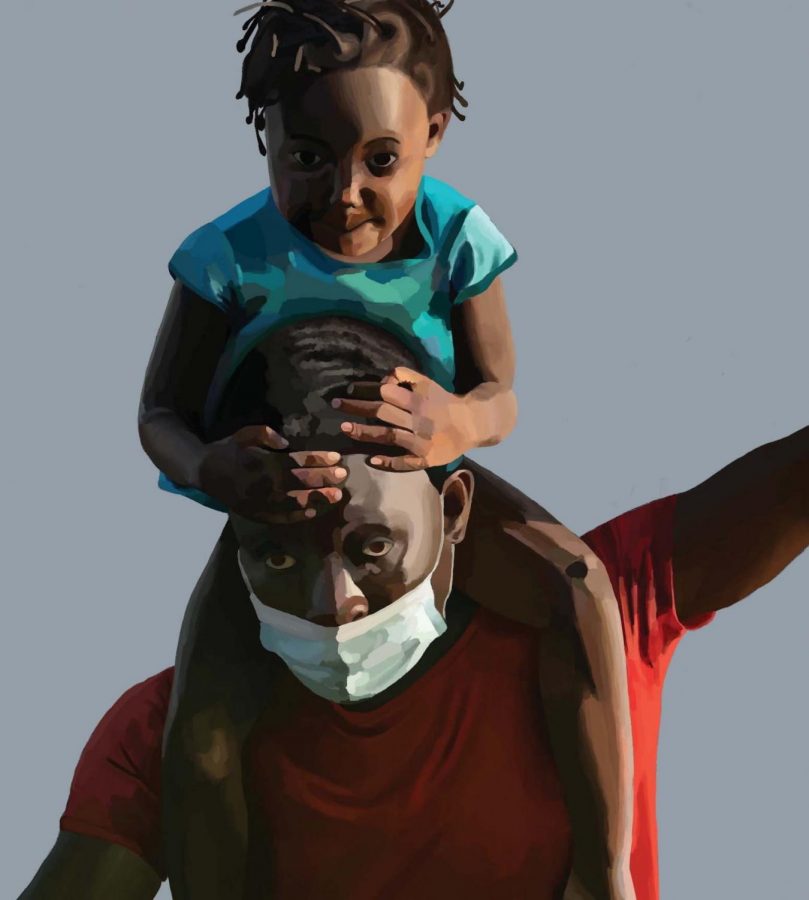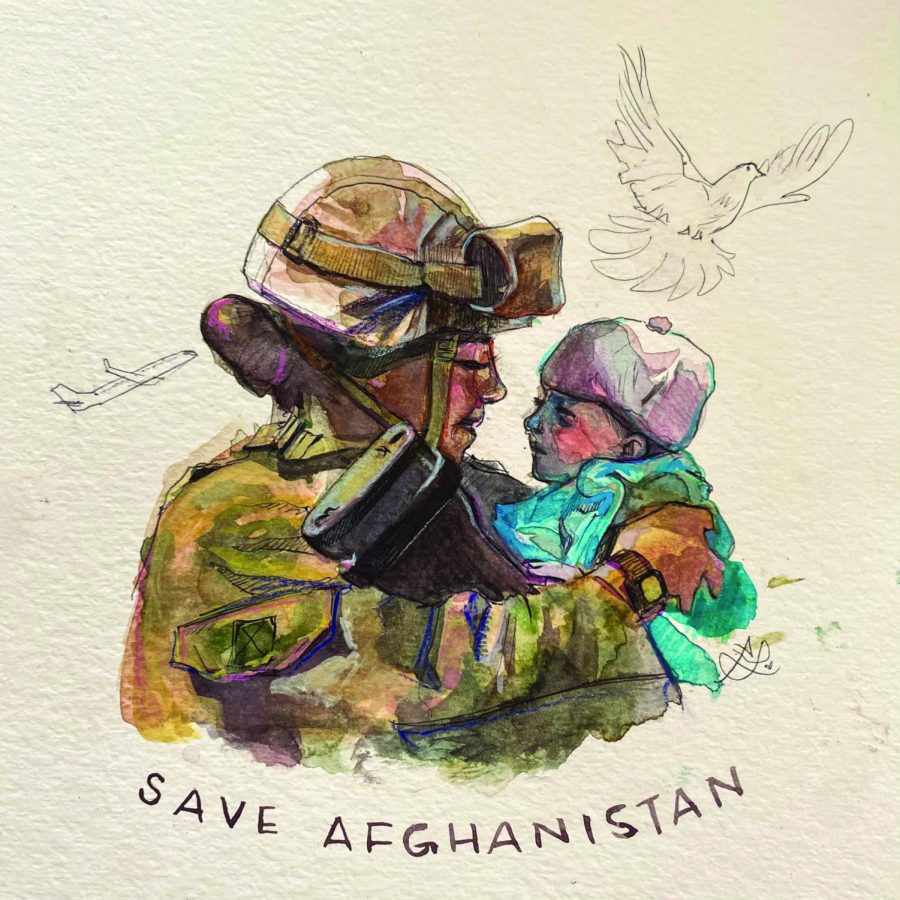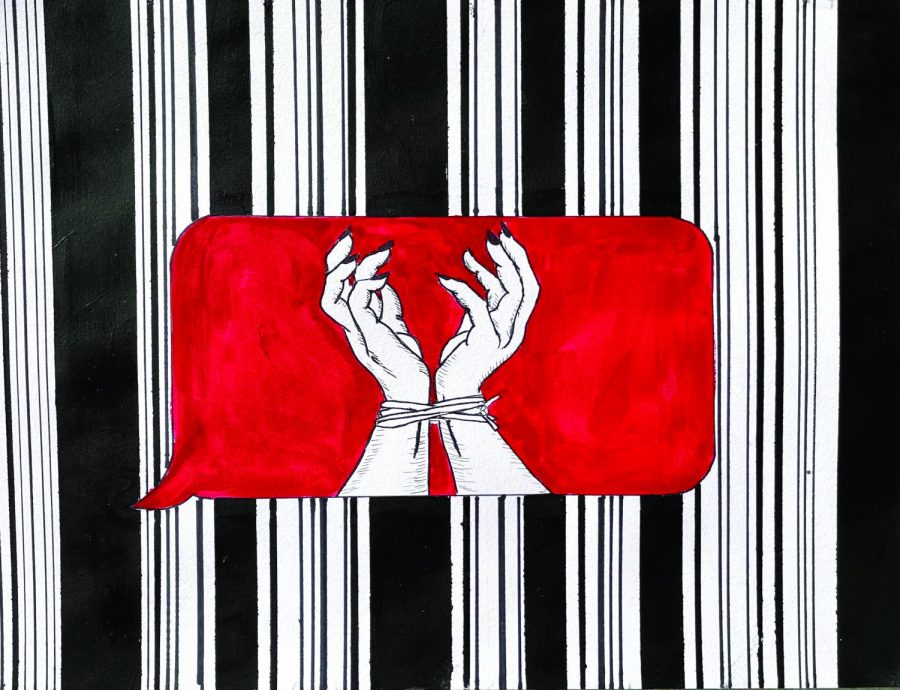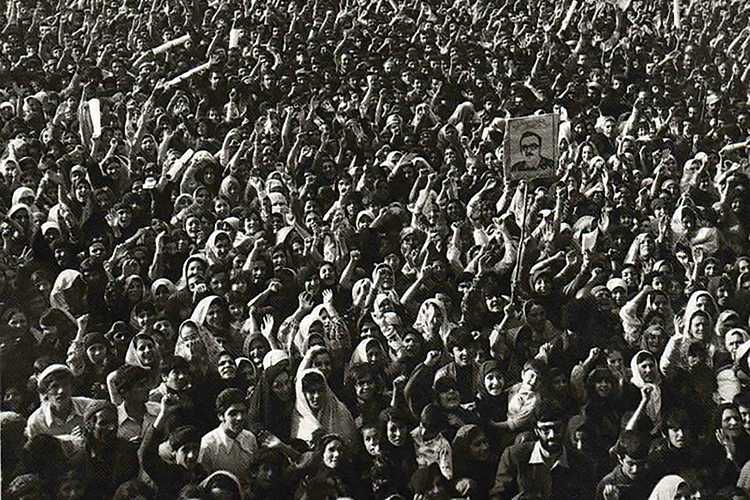//PICTURED ABOVE: Suffragettes paraded down Fifth Ave. in Oct. 1917. They carried with them the signatures of more than 1million women from New York who desired the right to vote. Thanks to the efforts of suffragists like these, women gained the right to vote with the passage of the 19th Amendment in 1920.
It is the 21st century and the year is 2019. Turn back the clock, and your world today would not look the same as your world 100 years ago. In the early 20th century, movies were silent and there was no national anthem. Children were dropping out of school because there were not any federal laws against child labor. World War I, the war to supposedly end all wars, had recently concluded after four years of gruesome fighting. The U.S. population was a mere 104.5 million people compared to the 326.8 million people now.
It seems that in the past 100 years, our world has changed drastically. But one of the biggest differences between 1919 and 2019 is the ways in which voting rights in the U.S. have changed. Only 100 years ago American women were still not allowed to vote in the U.S. We declared independence in 1776, yet it was not until 1920 when women were finally able to declare their independence and have the right to vote. Thanks to the 19th amendment, “citizens of the United States…shall not be denied or abridged [the right to vote] by the United States or by any State on account of sex.”
Today, many people take for granted that the U.S. Constitution does not allow the restriction of voting based on race, sex and age. A women living 100 years ago would be looked down upon by society and not allowed to have a say in the government.
Senior Eloise Sinwell is very passionate about women’s rights and identifies as a feminist. As a result, she strongly believes that the unequal voting rights that for so long existed in the U.S. were unjust.
“I feel like [not having the right to vote] would be such a dehumanizer,” Sinwell says. “Not having the ability to have a say in the policies that directly affect us—that is not how people should live.”
Women’s suffrage was the female struggle for equality that ultimately united women across the United States under the same motivation: in this case, to gain the right to vote. This struggle started in the 19th century. Upper School history teacher Dr. Elizabeth Bennett believes that the suffrage movement was a powerful movement, especially given age in which it occurred.
“The early women’s rights movement was a remarkably progressive call for equality,” Bennett said. This time was marked as the Progressive Era, a time of widespread social activism, sometimes also referred to as the Women’s Era.”
In 1890, the National American Suffrage Association (NAWSA), led by Susan B. Anthony, Elizabeth Cady Stanton and Lucy Stone, was created by merging two rivalry women’s organizations—the National Woman Suffrage Association and the American Woman Suffrage Association.
The union of the two groups became a pivotal movement for the push of the 19th Amendment. NAWSA held annual conventions, participated in marches and published suffrage pamphlets, broadsides and books to try to gain the equality of gender.
“I declare to you that woman must not depend upon the protection of man, but must be taught to protect herself, and there I take my stand,” Anthony said when she spoke publicly about women’s rights at the Woman’s Rights Convention in Syracuse, New York on Sept. 10, 1852.
Furthermore, World War I concluded in 1918. While the war was full fledged, many men were off, leaving women to work and supply for their family. This gave women the opportunity to prove and demonstrate their independence and ability in professional fields. Although women were showing off their independence and power, the war actually derailed the movement’s focus.
“People don’t really like change during upheaval,” Bennett explained.
However, as soon as the war was over, women had proven that they could hold powerful positions, and the battle for woman’s right resumed.
The 19th Amendment required one year, two months and 14 days before it was ratified in 1920. But, what finally allowed the passage of the amendment ultimately granting women the right to vote? It was a combination of powerful females, the growing popularity of the women organizations and the growing female workforce.
Finally, women’s struggle for the legal right to vote concluded; however, as we all still know, 101 years later, the fight for equality is still in full force.
Bennett thinks that a prominent issue that women are currently fighting is the underrepresentation the professional workforce, where women are also struggling to gain equal pay.
While women are battling these societal problems, change is also occurring. For instance, women currently make up a quarter of the U.S. Congress, which is the highest percentage in our history, demonstrating the increasing respect for women.
Demonstrated by the NAWSA, when women come together, change is possible.
“It is so inspiring to see a huge sisterhood of people working together. They are each so different and come from different backgrounds, but they have [the fight for women’s equality] in common,” Sinwell says.
Change is even happening in the immediate Hockaday community. Junior Celese Gierhart is one activist who is using her voice to try to affect change regarding still-existing voting issues.
“Voting is not always encouraged [by society],” Gierhart explained.
So, in October 2018, Gierhart, a member of the Dallas Youth Commission, hosted the first voting registration at Hockaday, encouraging young women to vote.
“Everyone should have the right to vote,” Gierhart said. Taking her words into action, on April 18, she is planning to host another registration for the mayoral and city council election, again encouraging the Hockaday community to vote.
Though there is still a long way to go since women gained the right to vote, change is happening.
“Women are not only imagining themselves capable of entering professions dominated by men, but they are doing it in greater numbers,” Bennett said. “And it’s exciting to see that.”
Story by Kate Clark
Photo provided by Wikimedia Commons

